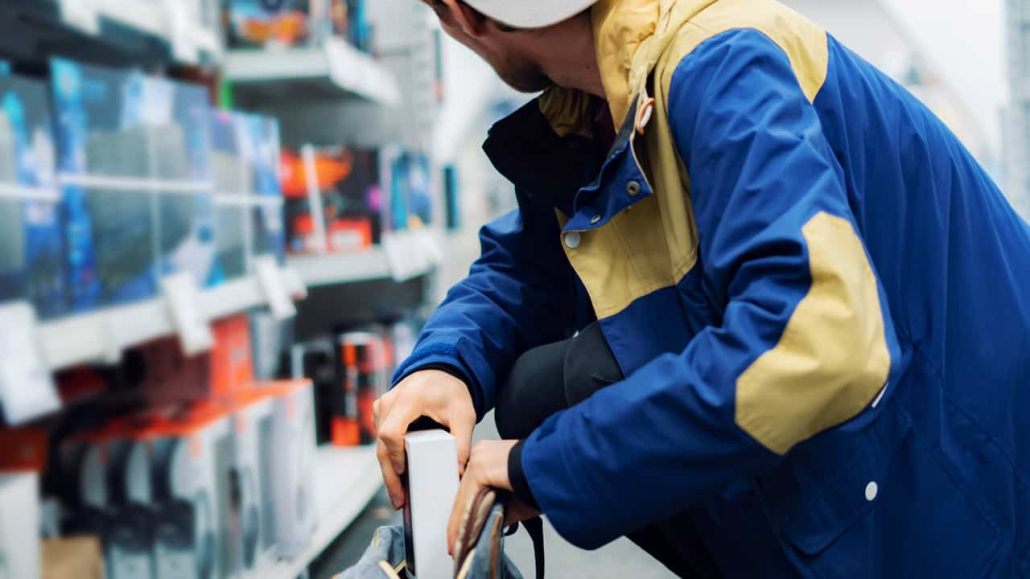 The year is 1794. Napoleon famously refers to Britain as a nation of shopkeepers.
The year is 1794. Napoleon famously refers to Britain as a nation of shopkeepers.
Whether that quip was derision or mere observation has been the subject of much, mostly boring, historical conjecture. But one thing is for sure: you’d rather be seen as a nation of shopkeepers than a nation of shoplifters.
Sadly it seems the UK is trending towards the latter.
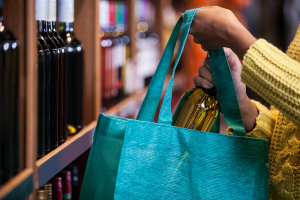
Shoplifting at highest level since records began
Recent figures from the Office for National Statistics make for grim reading. Shoplifting is up 20% on the previous 12 months in England and Wales, with 516,971 offences in the year-ending December 2024. The report also reveals that shoplifting is at its highest level since current police recording practices began in March 2003.
And that’s just the incidents we know about.
61% of retailers rate the police response to retail crime overall as ‘poor’ or ‘very poor’, meaning a huge number of retail thefts go unreported.* With police resources stretched and criminals growing bolder with every shared TikTok of their activities, it’s clear that innovative action needs to be taken to tackle retail theft.
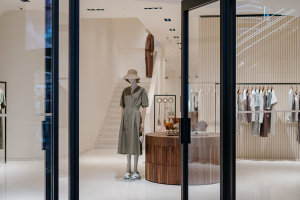 Shops are private spaces. We don’t have a right to be there.
Shops are private spaces. We don’t have a right to be there.
It’s no surprise that retailers are turning to technology to tackle what is often – quite literally – daylight robbery. But the growing use of facial recognition tech is under siege from campaigners who lament the privacy implications. Yet privacy is something that flows both ways.
Most shops are private premises. The public don’t have an inalienable right to enter – and are allowed to step inside by invitation only. If the owner or occupier knew someone intended to steal from them or harass staff, they would withdraw that implied invitation – and the law in England and Wales would let them.
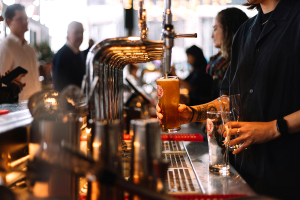 To the pub: taking inspiration from the nighttime economy
To the pub: taking inspiration from the nighttime economy
The concept of sharing images of known troublemakers in order to prevent antisocial behaviour isn’t new. Founded in the late 1990s, the Pubwatch movement saw licensees and landlords band together to prevent perpetrators of theft, assault and intimidating behaviour moving from one establishment to another. By sharing photos – mostly by fax in the early days – of the small minority of pubgoers and clubbers causing trouble, nighttime venues were able to intervene if someone on the watchlist showed up at their venue and, where appropriate, deny access.
A more modern, effective approach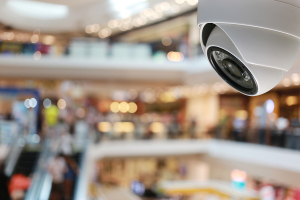
Of course, technology has evolved somewhat from the 1990s. AI-enhanced security systems enable facial recognition to be carried out with far greater speed and accuracy – with full audit trails and in compliance with all modern data sharing and privacy protocols. If you choose Facewatch, that is.
You see, not all facial recognition technology is created equal. Facewatch offers the highest level of accuracy available – with a primary algorithm operating at 99.98% accuracy that’s then reanalysed by a second algorithm. Only when both algorithms record a match of 99% or above does the technology issue an alert.
It’s part of why Facewatch is the UK’s first legally compliant facial recognition technology. And while not all retailers are considering biometric options, most have exhausted traditional security options and remain heavily burdened by crime, while those deploying compliant biometric technology are reporting reductions of incidents by up to 70%.
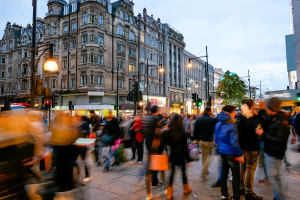 Proper protection for a precious sector
Proper protection for a precious sector
The retail sector contributes around 5% of the UK’s gross domestic product and employs 2.7m people in almost 325,000 businesses. Shouldn’t we provide this valuable sector with the protection it deserves? Whatever your view of privacy rights, clearly action must be taken – lest we become ‘a nation of shoplifters’. And there will be no debate necessary about whether anyone uttering such a statement means it negatively or otherwise.
Facewatch is empowering retailers to stop criminals before they commit theft. Here’s how it works.
*Source: The BRC Crime Survey 2025.
0207 930 3225




